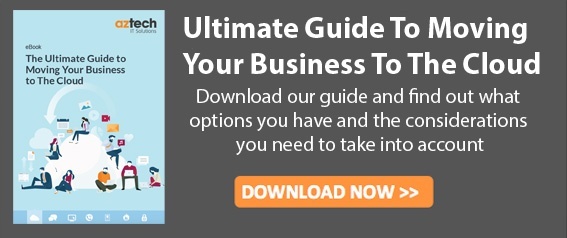There are many benefits for any business migrating to the cloud. However, it’s also an exercise that requires some planning and can have an impact on continuity if not property managed. To achieve a successful cloud migration there are a number of key steps involved.
Research your options
There are many key questions to answer when it comes to migrating to the cloud. For example, what kind of cloud service are you looking for and which cloud providers are you keen to work with? Also crucial will be the physical requirements of implementing the change and what it will mean for the business during the transition.
Bring all stakeholders on board
Migrating to the cloud will mean change at every level within your organisation and so it’s important to ensure that all stakeholders are behind the transition. Getting everyone involved at an early stage will also make it much easier to identify any potential issues or obstacles from the perspective of each stakeholder.
Audit your existing infrastructure
Before you begin to plan your migration it’s useful to get perspective on the applications and systems you currently use and how you use them. What are the business needs that these currently fulfil and how will a cloud platform meet (and hopefully exceed) expectations?
Plan the migration
There are multiple elements involved in a migration plan but when they all come together they will ensure that you don’t suffer downtime as a result of a difficult transition. Nominate key people to be responsible for specific areas of the migration, calculate timelines and work out what resources you will need to ensure that the move goes seamlessly.
Schedule staff training
When you migrate to the cloud you’re often embarking on new systems and processes that will require existing staff to adapt. So, staff training is going to be essential to ensure that no one gets left behind and your entire team can hit the ground running. Schedule the training as close to the migration as possible so no one is left without the new system knowledge they need to do their job.
Consider a phased roll out
Particularly if your organisation has a sizeable or complex infrastructure, it may be beneficial to opt for a phased migration, as opposed to a single event. This will help to minimise the potential for company-wide disruption and provide the opportunity to ensure that each area of the business is stable and secure in its new environment before moving on to the next.

-1.png?width=552&height=678&name=text-image%20module%20desktop%20(4)-1.png)


.png?width=2000&name=Case%20study%20(21).png)


-2.png?width=422&height=591&name=text%20image%20tablet%20(31)-2.png)







